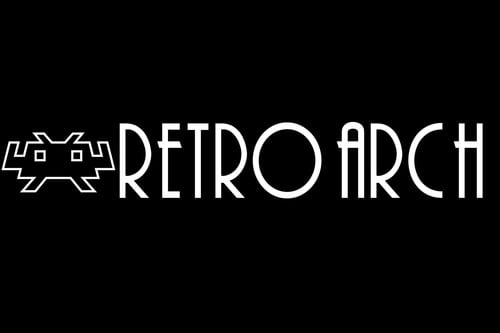How to install cores on RetroArch

Retroarch is a front end for emulators and more, removing the need for multiple emulators across your devices. Retroarch runs on pretty much everything from Windows 98 onwards, as well as supporting a wide variety of consoles and different portable handheld devices that have begun to sprout up across the internet.
Retroarch uses ‘cores', which is effectively the emulator without the user interface, defaulting to using the engine it is built on within the Retroarch framework. This allows for developers to push updates through to Retroarch directly, without the need to head to any Github or particular download pages.
Prime Day is finally here! Find all the biggest tech and PC deals below.
- Sapphire 11348-03-20G Pulse AMD Radeon™ RX 9070 XT Was $779 Now $739
- AMD Ryzen 7 7800X3D 8-Core, 16-Thread Desktop Processor Was $449 Now $341
- ASUS RTX™ 5060 OC Edition Graphics Card Was $379 Now $339
- LG 77-Inch Class OLED evo AI 4K C5 Series Smart TV Was $3,696 Now $2,796
- Intel® Core™ i7-14700K New Gaming Desktop Was $320.99 Now $274
- Lexar 2TB NM1090 w/HeatSink SSD PCIe Gen5x4 NVMe M.2 Was $281.97 Now $214.98
- Apple Watch Series 10 GPS + Cellular 42mm case Smartwatch Was $499.99 Now $379.99
- ASUS ROG Strix G16 (2025) 16" FHD, RTX 5060 gaming laptop Was $1,499.99 Now $1,274.99
- Apple iPad mini (A17 Pro): Apple Intelligence Was $499.99 Now $379.99
*Prices and savings subject to change. Click through to get the current prices.
Adding cores to Retroarch is incredibly easy, with the easiest option to do it directly within the program itself. Retroarch is easier to navigate with a controller, but it's self-explanatory with a mouse and keyboard.
First, if you haven't used Retroarch in a while and coming back to it fresh, use the Online Updater to grab all the necessary updates for it before we begin. There might be newer cores that haven't been loaded in and various fixes or cheat tables updated.
In the Online Updater or within the Load Core menus, navigate to the Core Downloader. This will present you with a massive list of consoles and their designated cores. Each core has its own background, development and functionality.
For instance, the FlyCast core for Dreamcast games might have different support than the dedicated emulators that we've written about beforehand.
The difference between this and the unofficial version available on jailbroken PS4s, is that you can decide what you want to install rather than everything all at once.
As the user interface is the same across the board for the most part, just apply this to your chosen platform.
There's no ‘right' core, each one will have its benefits and disadvantages, but you'll never be without your favourite games wherever you go! The only thing really holding you back now is hardware – don't expect to run PS2 games on your 3DS!

